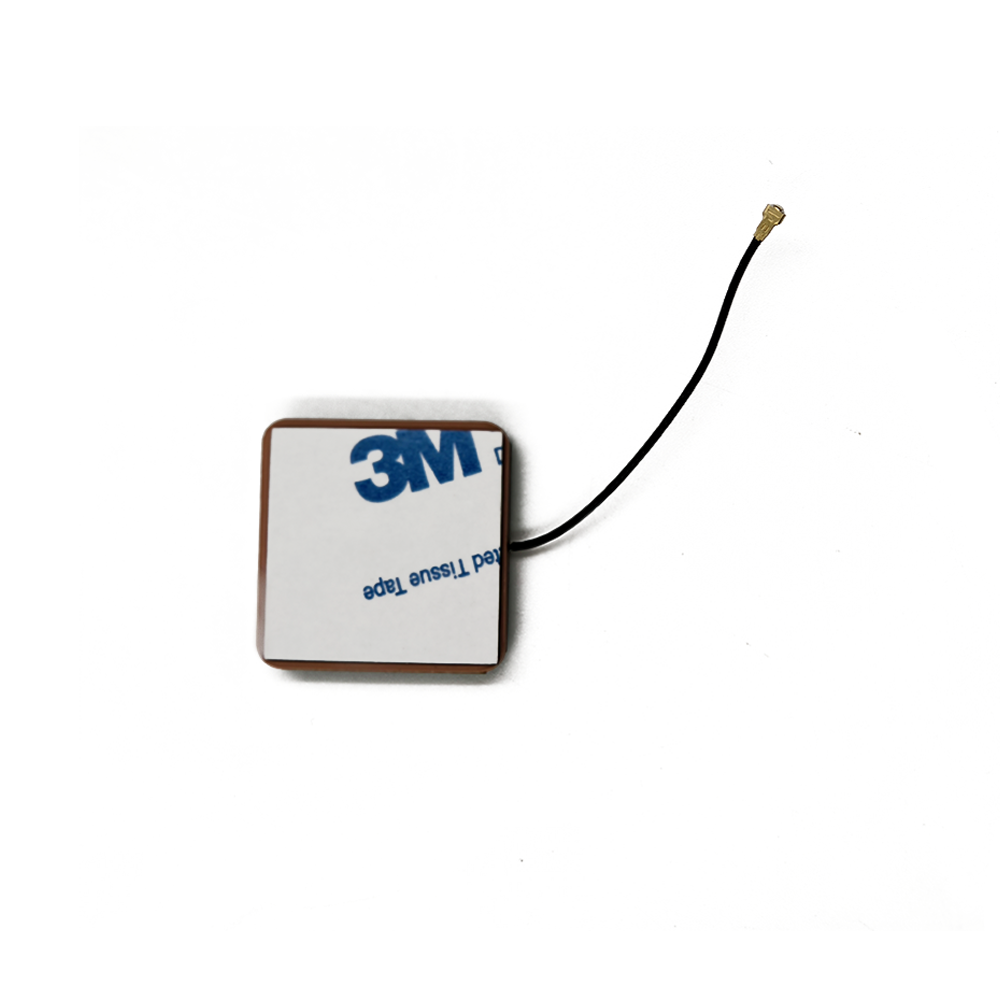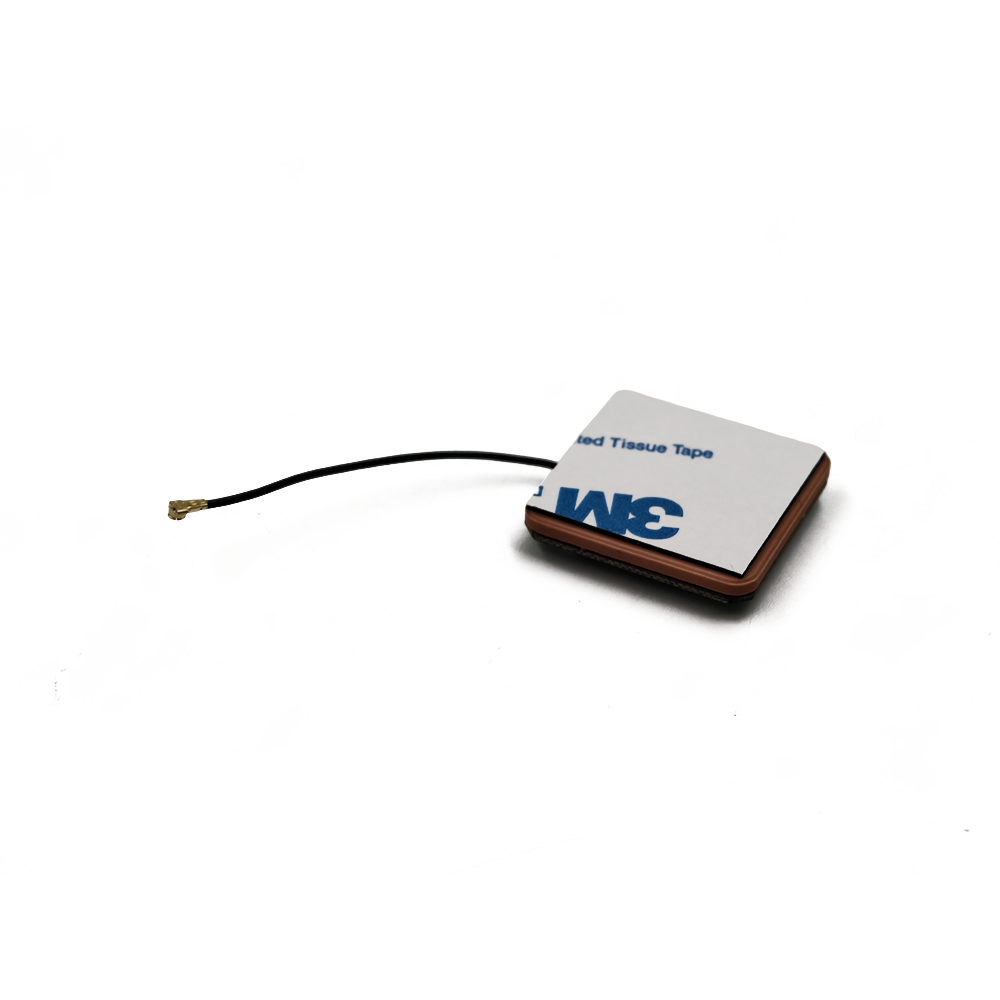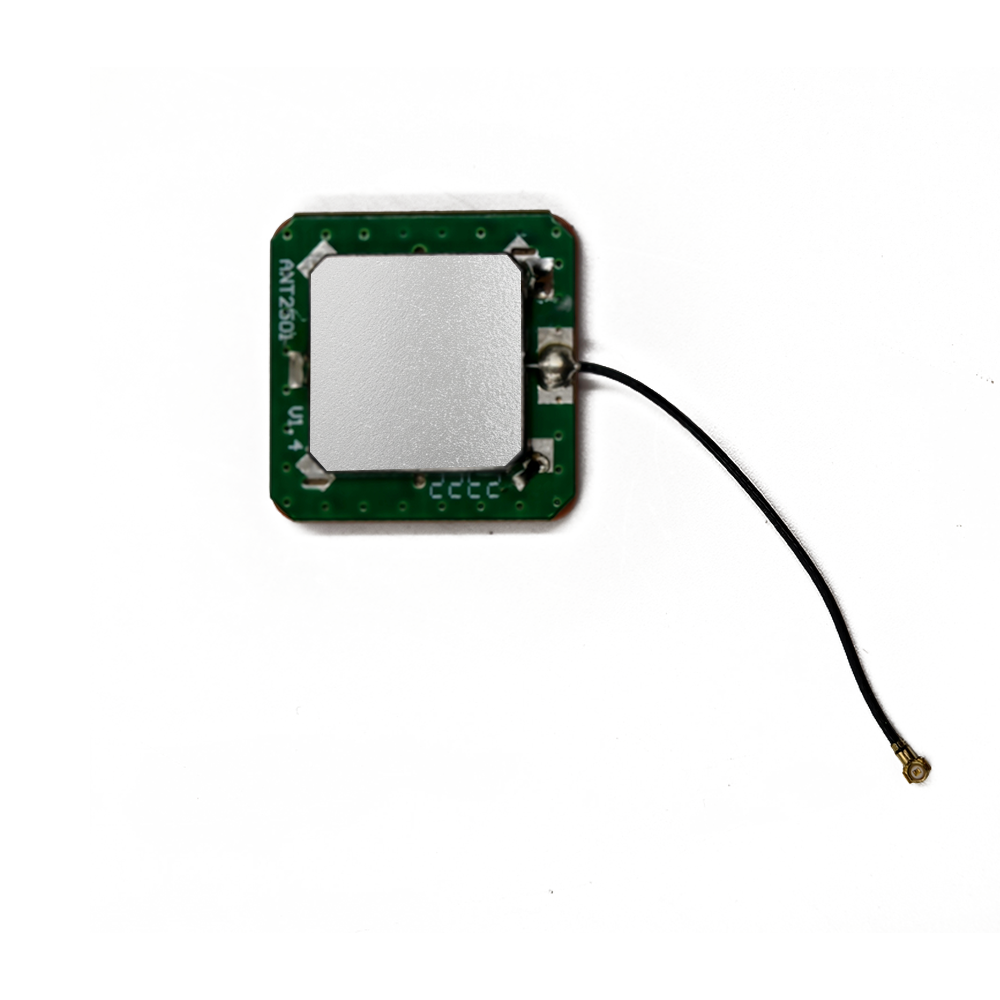Automotive Navigation and Autonomous Driving
In the automotive industry, Active GNSS Ceramic Antennas are widely used for navigation systems. They provide accurate positioning data, allowing drivers to navigate to their destinations with ease. In addition, in the emerging field of autonomous driving, these antennas play a critical role. Autonomous vehicles rely on precise GNSS signals, along with other sensors such as lidar and radar, to determine their position and make driving decisions. The high - gain and low - noise - figure characteristics of active GNSS ceramic antennas ensure that the vehicle's GNSS receiver can accurately receive and process the satellite signals, even in challenging driving environments such as urban areas with tall buildings that can cause signal reflections and interference.
Aviation and Aerospace
In aviation, GNSS is an integral part of navigation systems. Pilots use GNSS signals for takeoff, landing, and en - route navigation. Active GNSS Ceramic Antennas are used in aircraft to provide reliable and accurate positioning data. Their ability to operate across multiple GNSS systems and wide frequency bands ensures that the aircraft can maintain a continuous and accurate position fix, even when flying over remote areas or in adverse weather conditions. In the aerospace industry, these antennas are also used in satellites and other space - based vehicles for precise orbit determination and navigation.
Marine Navigation
For ships and boats, navigation is crucial for safe voyages. Active GNSS Ceramic Antennas are installed on marine vessels to provide accurate positioning information. They can withstand the harsh marine environment, including exposure to saltwater, high humidity, and strong winds. The high - gain and wide - frequency - band coverage of these antennas enable sailors to receive signals from multiple satellite constellations, ensuring reliable navigation even in open seas where signal reception can be challenging.
Outdoor Recreation and Sports
In the realm of outdoor recreation and sports, devices such as GPS - enabled fitness trackers, handheld navigation devices for hikers and backpackers, and sports watches rely on Active GNSS Ceramic Antennas. These antennas allow users to accurately track their location, distance traveled, and speed. For example, a runner using a GPS - enabled smartwatch can rely on the active GNSS ceramic antenna in the watch to accurately record their running route, distance, and pace, providing valuable data for training and performance analysis.
Internet of Things (IoT) and Asset Tracking
With the proliferation of IoT devices, the need for accurate location tracking has grown exponentially. Active GNSS Ceramic Antennas are used in a variety of IoT applications, such as asset tracking. Companies can attach IoT devices equipped with these antennas to their valuable assets, such as shipping containers, vehicles, or equipment, to monitor their location in real - time. The miniaturization and low - power - consumption features of these antennas make them ideal for integration into small IoT sensors, which can operate for long periods on a single battery charge while providing accurate location data.
Installation and Considerations
Mounting Options
Active GNSS Ceramic Antennas come with various mounting options to suit different applications. Some antennas are designed with a magnetic base, allowing for easy attachment to metal surfaces. This is convenient for applications such as attaching the antenna to the roof of a vehicle for better signal reception. Other antennas may use adhesive backing, such as 3M double - sided tape, to be mounted on non - metallic surfaces. In some cases, antennas can also be mounted using screws or other mechanical fasteners, providing a more permanent and secure installation.
Cable Length and Quality
The cable used to connect the active antenna to the GNSS module is an important consideration. The cable length should be carefully chosen to minimize signal attenuation. Longer cables can result in greater signal loss, so it is important to use the shortest cable possible while still allowing for proper installation. In addition, the quality of the cable matters. High - quality coaxial cables with low signal loss characteristics, such as RG174 or RG402, are often recommended for use with active GNSS ceramic antennas. The cable should also be shielded to prevent interference from external sources.
Environmental Factors
When installing an Active GNSS Ceramic Antenna, environmental factors need to be taken into account. The antenna should be placed in an area with a clear view of the sky to ensure maximum signal reception. Obstructions such as buildings, trees, and mountains can block or weaken the satellite signals. In addition, the antenna should be protected from harsh environmental conditions. For outdoor applications, antennas made from UV - resistant materials and using ultrasonic technology to ensure water - and dust - resistance are preferred. In areas with extreme temperatures, the antenna should be able to operate within the specified temperature range without performance degradation.
Future Trends
Integration with 5G and Other Technologies
As 5G technology continues to expand, there is a growing trend towards integrating Active GNSS Ceramic Antennas with 5G networks. This integration can enable new applications, such as enhanced location - based services. For example, in smart cities, the combination of 5G - enabled devices and GNSS - equipped antennas can provide highly accurate real - time location data for various services, including autonomous vehicle traffic management and smart logistics. In addition, there may be integration with other emerging technologies such as Wi - Fi 6E, further expanding the capabilities of devices equipped with these antennas.
Higher Precision and Multi - Band Operation
The demand for higher - precision GNSS positioning is increasing, especially in applications such as autonomous driving and precision agriculture. Future Active GNSS Ceramic Antennas are likely to offer even higher precision, perhaps achieving centimeter - level accuracy. This will require further improvements in antenna design, signal processing, and the ability to operate across multiple frequency bands simultaneously. Multi - band operation will become more sophisticated, allowing antennas to seamlessly switch between different frequency bands based on signal availability and quality, further enhancing positioning accuracy and reliability.
Continued Miniaturization and Power Optimization
With the ever - shrinking size of electronic devices, the trend towards miniaturization of Active GNSS Ceramic Antennas will continue. Manufacturers will strive to develop even smaller antennas without sacrificing performance. At the same time, power optimization will remain a key focus. New materials and circuit designs will be explored to reduce the power consumption of these antennas further, making them more suitable for long - term operation in battery - powered IoT devices and other applications where power conservation is crucial.




































































 Language
Language
 En
En Cn
Cn Korean
Korean

 Home >
Home > 







 18665803017 (Macro)
18665803017 (Macro)













